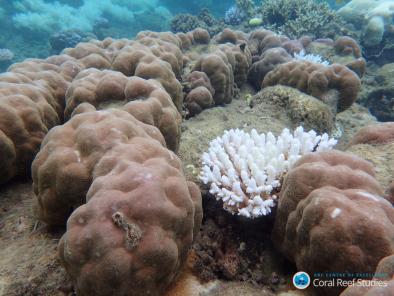Science Source
Persistent spatial structuring of coastal ocean acidification in the California Current System
- States that the near-term progression of ocean acidification (OA) is projected to bring about sharp changes in the chemistry of coastal upwelling ecosystems
- States that the distribution of OA exposure across these early-impact systems, however, is highly uncertain and limits scientists' understanding of whether and how spatial management actions can be deployed
- Using a novel coastal OA observing network, uncovers a remarkably persistent spatial mosaic in the penetration of acidified waters into ecologically-important nearshore habitats across 1,000 km of the California Current Large Marine Ecosystem
- Finds that in the most severe exposure hotspots, suboptimal conditions for calcifying organisms encompassed up to 56% of the summer season
- Finds that these conditions were accompanied by some of the lowest and most variable pH environments known for the surface ocean
- Notes existence of persistent refuge areas that highlight opportunities for local adaptation
Related Content
Headline

Apr 18, 2018 | Washington Post
Global warming has changed the Great Barrier Reef ‘forever,’ scientists say
Science Source
| World Weather Attribution
Great Barrier Reef Bleaching, March 2016
Science Source
| Proceedings of the National Academy of Sciences
Ocean acidification affects coral growth by reducing skeletal density
Nathaniel R. Mollica, Weifu Guo, Anne L. Cohen et al
Science Source
| PLOS ONE
Coral physiology and microbiome dynamics under combined warming and ocean acidification
Andréa G. Grottoli, Paula Dalcin Martins, Michael J. Wilkins et al


